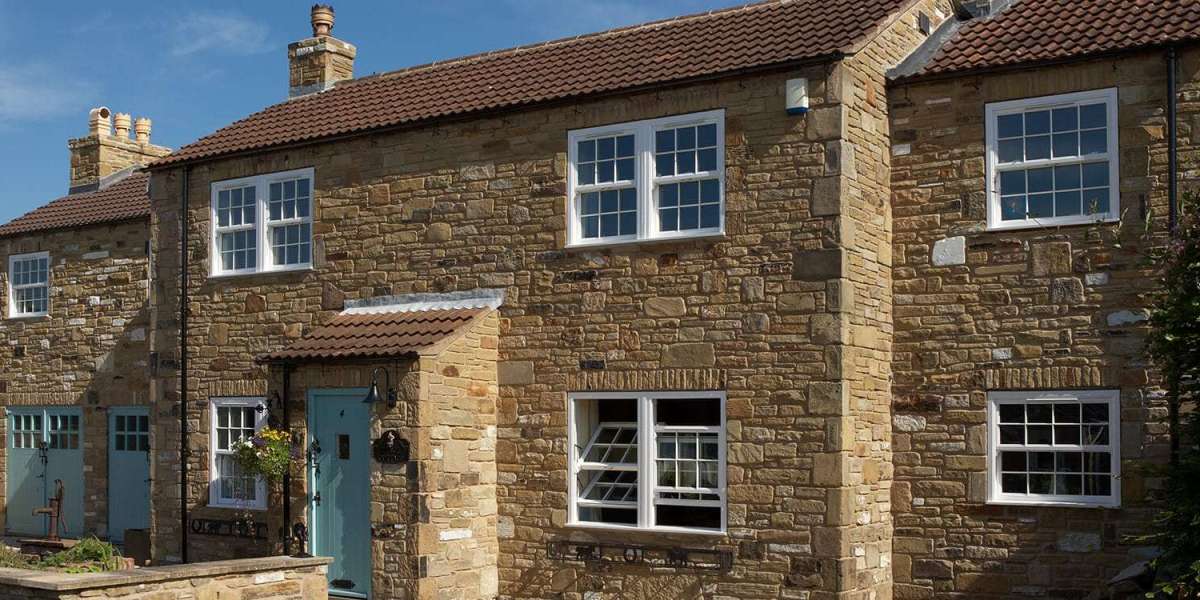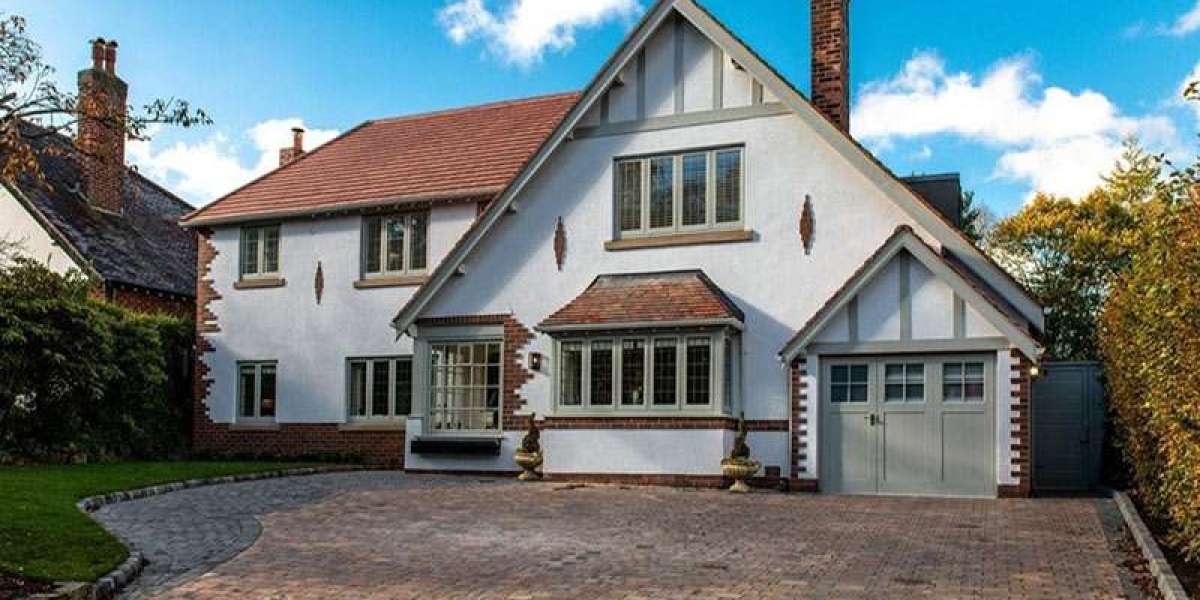Aluminium windows have become increasingly popular in modern architecture, combining aesthetics with functionality. This observational research article explores the various aspects of aluminium windows, including their design, durability, energy efficiency, and market trends. Through a systematic observation of residential and commercial buildings, as well as interviews with architects, https://www.yell.com/biz/ideal-glass-st-albans-10766779/ builders, and homeowners, this study aims to provide a comprehensive overview of the advantages and considerations associated with aluminium window installations.
1. Introduction
The architectural landscape has evolved significantly over the past few decades, with materials like aluminium gaining prominence due to their versatility and performance. Aluminium windows are characterized by their sleek profiles, allowing for larger panes of glass and enhanced natural light. This article investigates the impact of aluminium windows on building design, energy efficiency, and the overall satisfaction of occupants.
2. Design and Aesthetics
One of the most notable features of aluminium windows is their design flexibility. They can be customized in various styles, colors, and finishes to match the aesthetic of any building. Observations from various residential neighborhoods reveal that builders often choose aluminium windows for contemporary homes, where clean lines and minimalistic designs are favored. In commercial settings, aluminium windows are frequently used in high-rise buildings due to their ability to support large glass panels, creating an impressive façade.
Architects appreciate the ability to create expansive views without compromising structural integrity. Many new constructions feature floor-to-ceiling aluminium windows that blur the boundaries between indoor and outdoor spaces. This design trend not only enhances visual appeal but also promotes the use of natural light, contributing to a healthier living environment.
3. Durability and Maintenance
Aluminium is known for its strength and resistance to corrosion, making it an ideal material for windows. During the observational phase of this research, it was noted that buildings with aluminium windows showed minimal signs of wear and tear, even in coastal areas where saltwater exposure is a concern. Unlike wood, which may warp or rot over time, aluminium maintains its shape and performance with little maintenance.
Homeowners reported that the maintenance of aluminium windows is straightforward, requiring only periodic cleaning to remove dirt and grime. Additionally, many manufacturers offer powder-coated finishes that enhance durability and resist fading, ensuring that the windows retain their appearance over time. This low-maintenance characteristic is particularly appealing to busy homeowners and property managers.
4. Energy Efficiency
Energy efficiency is a critical factor in modern building design, and aluminium windows have made significant strides in this area. Traditionally, aluminium was perceived as a poor insulator; however, advancements in technology have led to the development of thermally broken aluminium frames. These frames feature a plastic section that separates the internal and external parts of the frame, reducing heat transfer and improving insulation.
Observations of buildings equipped with thermally broken aluminium windows revealed a notable decrease in energy consumption for heating and cooling. Homeowners reported lower energy bills and increased comfort levels, particularly during extreme weather conditions. Furthermore, many aluminium window systems now come with double or triple glazing options, further enhancing their energy efficiency.
5. Market Trends and Consumer Preferences
The market for aluminium windows has seen significant growth in recent years, driven by both residential and commercial demand. Interviews with builders and architects indicated a growing preference for aluminium over traditional materials like wood and vinyl. Factors influencing this trend include the material's longevity, modern aesthetic, and energy efficiency.
Additionally, the rise of sustainable building practices has led to an increased interest in aluminium windows, as they are often recyclable and can be produced with minimal environmental impact. Consumers are becoming more conscious of their choices, seeking products that align with their values regarding sustainability and energy conservation.
6. Challenges and Considerations
Despite their many advantages, aluminium windows are not without challenges. One concern raised during observations was the potential for thermal bridging, which can occur if the frames are not properly insulated. This issue can lead to condensation and reduced energy efficiency. It is crucial for builders and homeowners to select high-quality products that incorporate effective thermal break technology.
Another consideration is the initial cost of aluminium windows, which can be higher than traditional materials. However, many industry professionals argue that the long-term savings in maintenance and energy costs often justify the initial investment. Homeowners should carefully weigh these factors when making their decisions.
7. Conclusion

Aluminium windows represent a modern architectural choice that offers a blend of aesthetic appeal, durability, and energy efficiency. Through observational research and interviews, it is evident that these windows are becoming a favored option among builders, architects, and homeowners alike. As the demand for sustainable and energy-efficient building materials continues to grow, aluminium windows are likely to maintain their position as a leading choice in the construction industry.
In summary, the advantages of aluminium windows—such as design flexibility, low maintenance, and energy efficiency—make them an appealing option for contemporary architecture. While challenges exist, the overall trend indicates a positive reception of aluminium windows in both residential and commercial settings. As technology continues to advance, it is expected that aluminium will remain a key player in the future of building materials.







